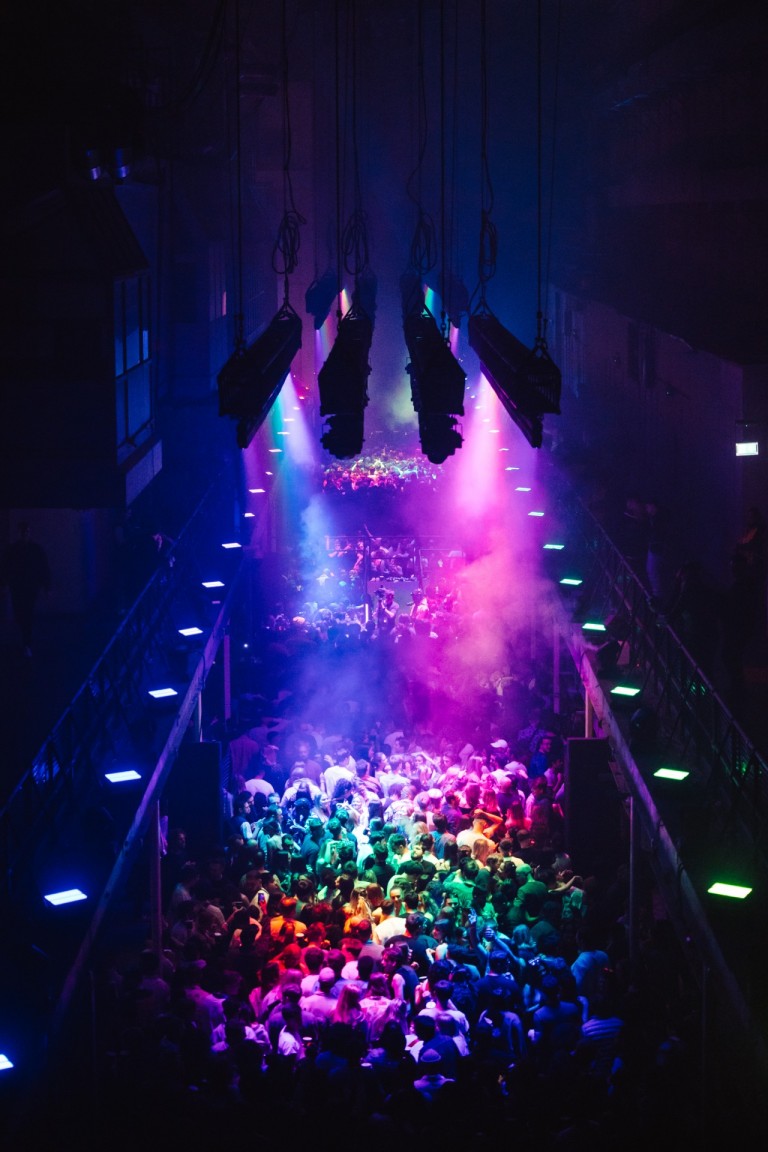La Discothèque descended upon the dancefloors Printworks for the last time during it’s final season for a celebration of diversity, music, and love. London’s iconic venue equipped with state-of-the-art technology was filled with good vibes, positivity, and nostalgic extravaganza.
For those who haven’t had the chance to visit the iconic venue, it originally was a printing press and newspaper factory, which was converted into an avantgarde events space. Its large room called the ‘Press Halls,’ has a capacity of 6.000 people, as well as smaller rooms like ‘Inkwells’. Of course, there are also huge outdoor spaces with food trucks and bars and there was even a DJ at the women’s bathroom. The lighting and sound system of the venue are out of this world, and it is established as one of the most popular venues in the world, especially for EDM shows. The combination of these factors with its industrial architecture and raw aesthetic makes it a place you’ll never forget.
On the show of March 10th, there was an amazing line up, but we focused on 3 names: Girls of the Internet, Jayda G and Derrick Carter.
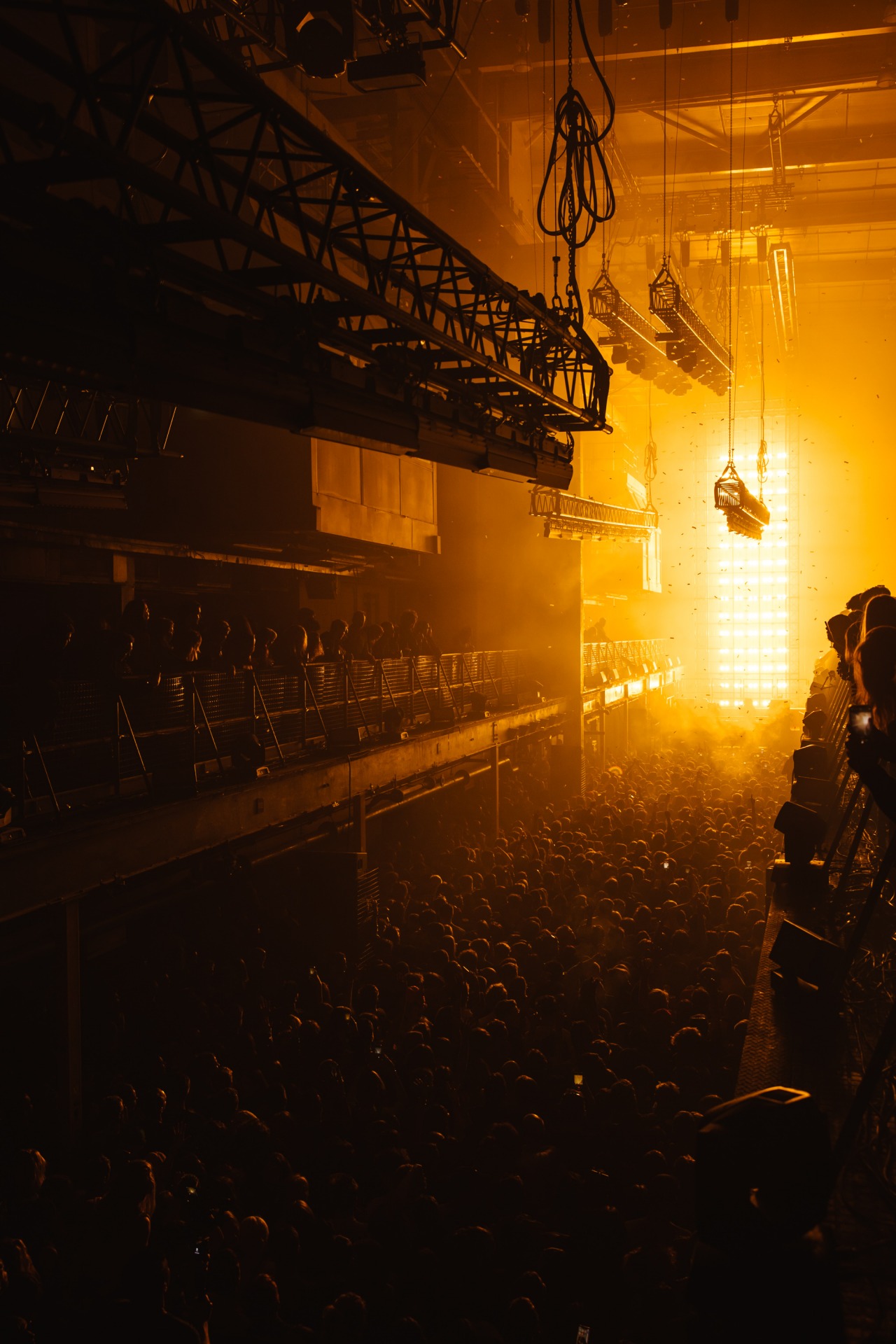
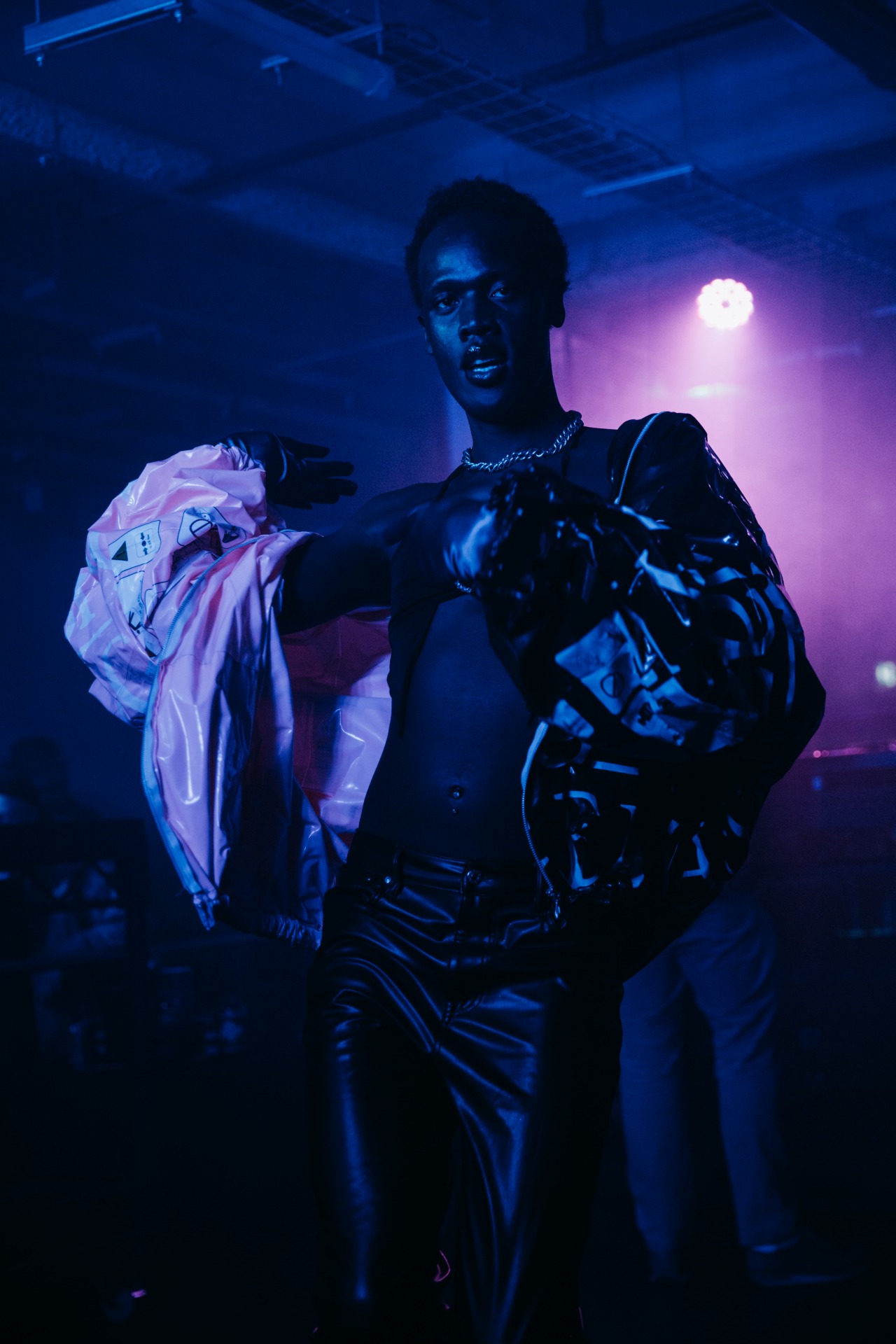
Girls of the Internet
Girls of the Internet is well-known for its soulful deep house sound and its use of live vocals. It was formed by the producer and multi-instrumentalist Tom Kerridge, who started the project to explore his love of dance and house music. He performed at Inkwells, the smaller room, with one of the singers, Sophie Joy, whose mesmerizing and powerful voice created an intimate atmosphere that captivated the attendees. Their warm and organic sound, achieved by the use of live vocals, as well as guitars, keyboards and percussion alongside electronic beats is what characterizes them the most. Their blend of deep groovy basslines and melodies and the raw naturalness of the vocals is a tribute to classic house music as well as a step forward in this genre. Both Kerridge and Joy were very approachable and warm towards the audience, and it felt like we were seeing them at the studio rehearsing or recording some new tunes. Undoubtedly, the favorite song of the music lovers that witnessed this special moment was “When U Go”, a deep house track with a smooth jazzy feel that put everyone in a dreamy introspective mood.

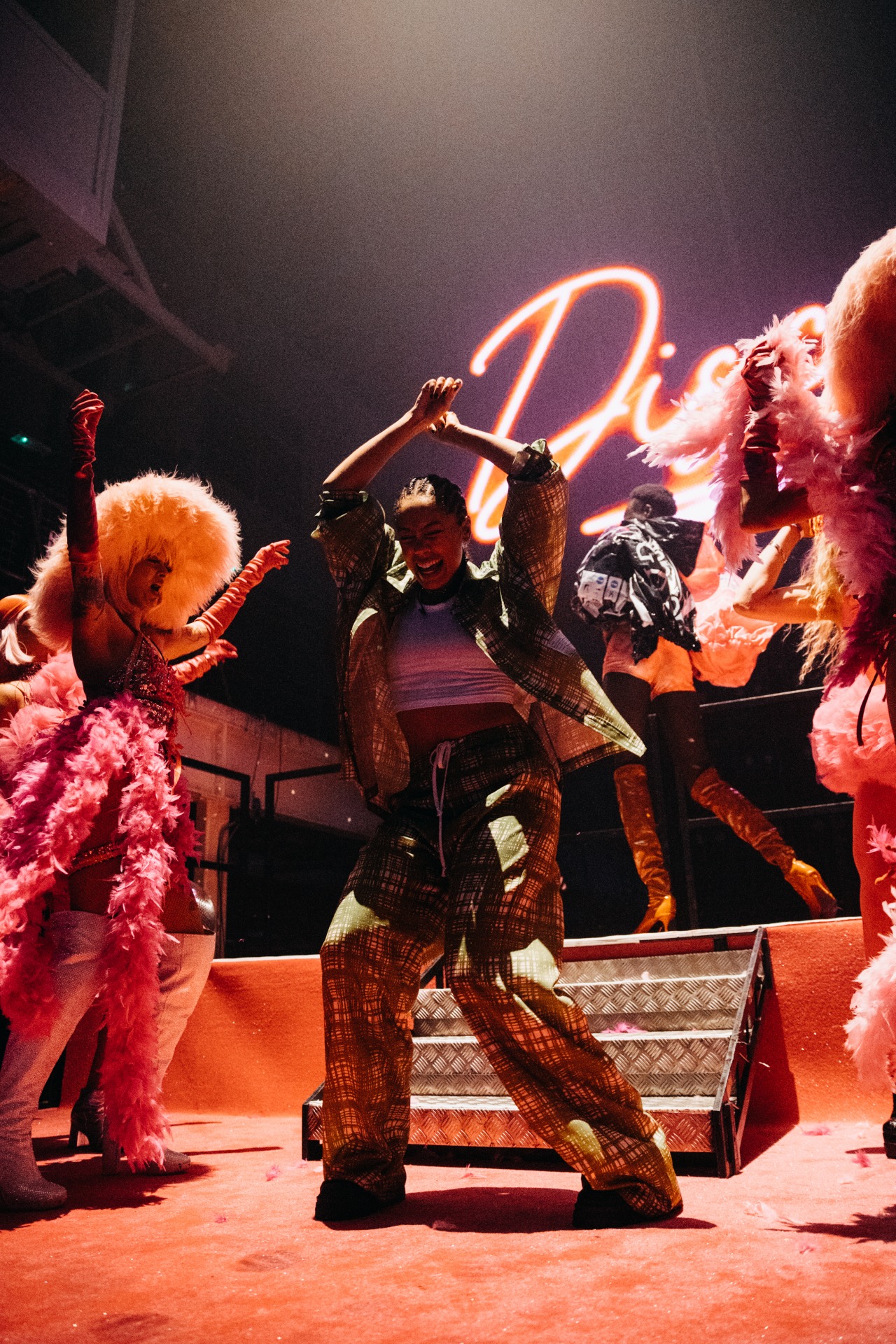
Jayda G
After entering the main room, Press Halls, the nervousness was very present amongst the audience. They knew what was coming next: the Queen, the one and only… Jayda G! Her sound is characterized by a blend of disco (the theme of the night), soul, funk and house. She is known for being an amazing selector and for having a great energy on the stage. If that was the assignment, she definitely passed with flying colors. Her funky basslines, catchy vocal hooks and uplifting melodies made it impossible not to move your feet, shoulders and head and wiggle your hips to the music. The joyful energy of her set combined with the dancers voguing and entertaining the front rows, the crazy shower of pink and white confetti and the use of fire made it a show which is impossible to forget. One of the hits of her show was Cascades of Colour by Ananda Project and Gaelle Addison. The energy of the crowd was something I’ll never forget; it was the most inclusive and warm community I’ve ever found in a live performance. The highlights of Jayda’s performance, in which she blended diverse genres but focused on disco, were her single “Both of Us” and the closing song. Both of Us is definitely a dance floor anthem with infectious groove and catchy hooks that inspired listeners to come together and celebrate life and love. The closing song was a remix of Keep the Fire Burning by Gwen McCrae and it was delivered to the audience in a really elegant way: the DJ booth was slowly removed, Jayda started to dance with the crowd and the dancers, satisfied with her performance and its effect on the listeners and seemingly sad she didn’t have much more time left on that legendary stage.

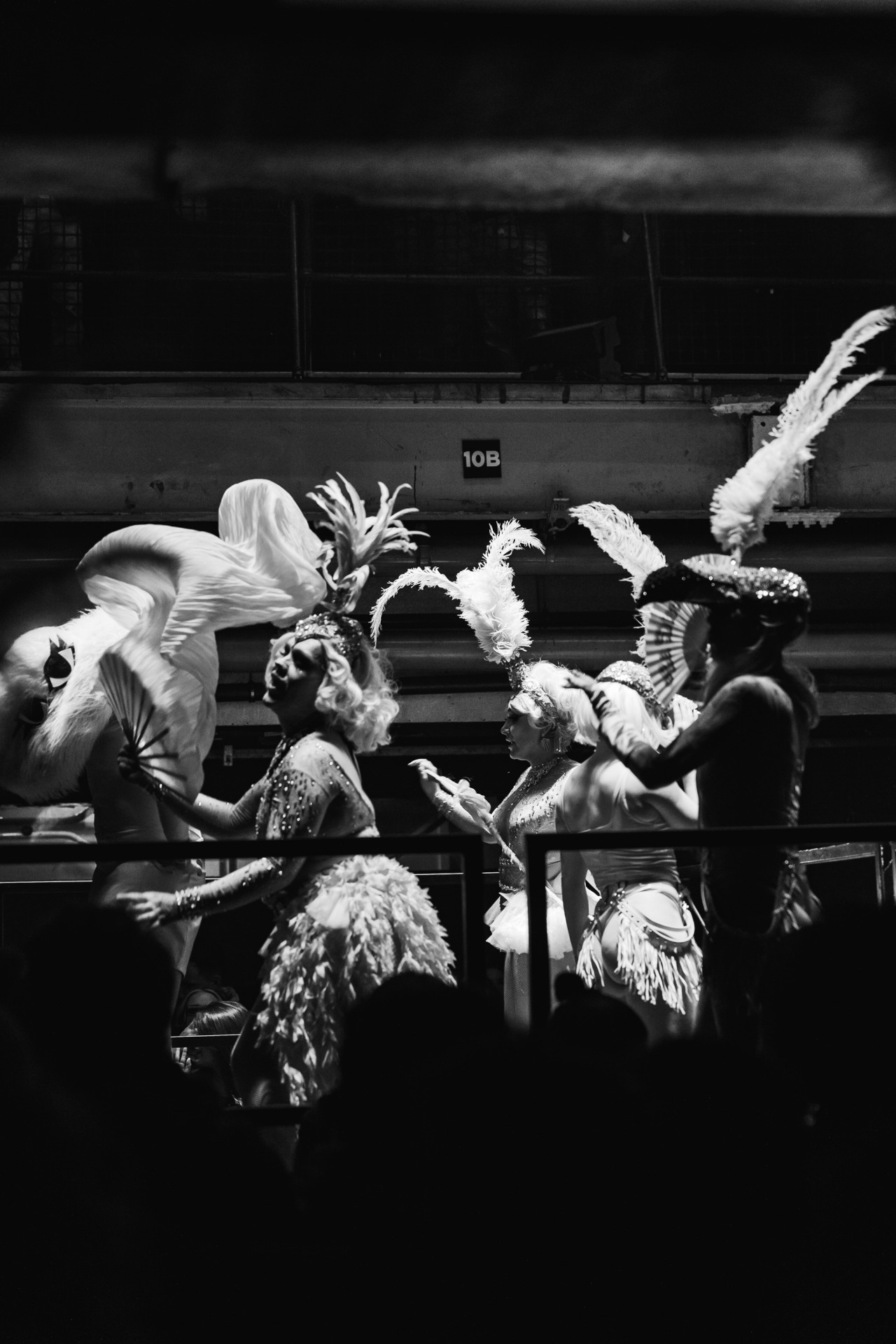
Derrick Carter
Up next, closing the line-up, was the house legend and pioneer Derrick Carter, an American DJ and producer who has been active in the industry since the late 1980s. His blend of classic house and disco influences, with a focus on funky basslines, hypnotic melodies and soulful vocals, and his knowledge of the genre, which allows him to use innovative production techniques and always deliver a great show, help him stand out in the nowadays crowded field of house music producers. His wide-ranging tastes and selections and his ability to adapt to changing trend in the industry allow him to stay in the podium of the house DJs. With his set, the mood changed, the BPMs and the volume quickly rose, and the crowd was committed to the rhythm and basslines. Although the show felt a bit repetitive after the variety of disco tracks we heard right before it and we missed the single he released a month ago, “Someone Else”, it was an elegant set, very well mixed and selected. No one wanted it to end. It was the perfect way to end the iconic night.
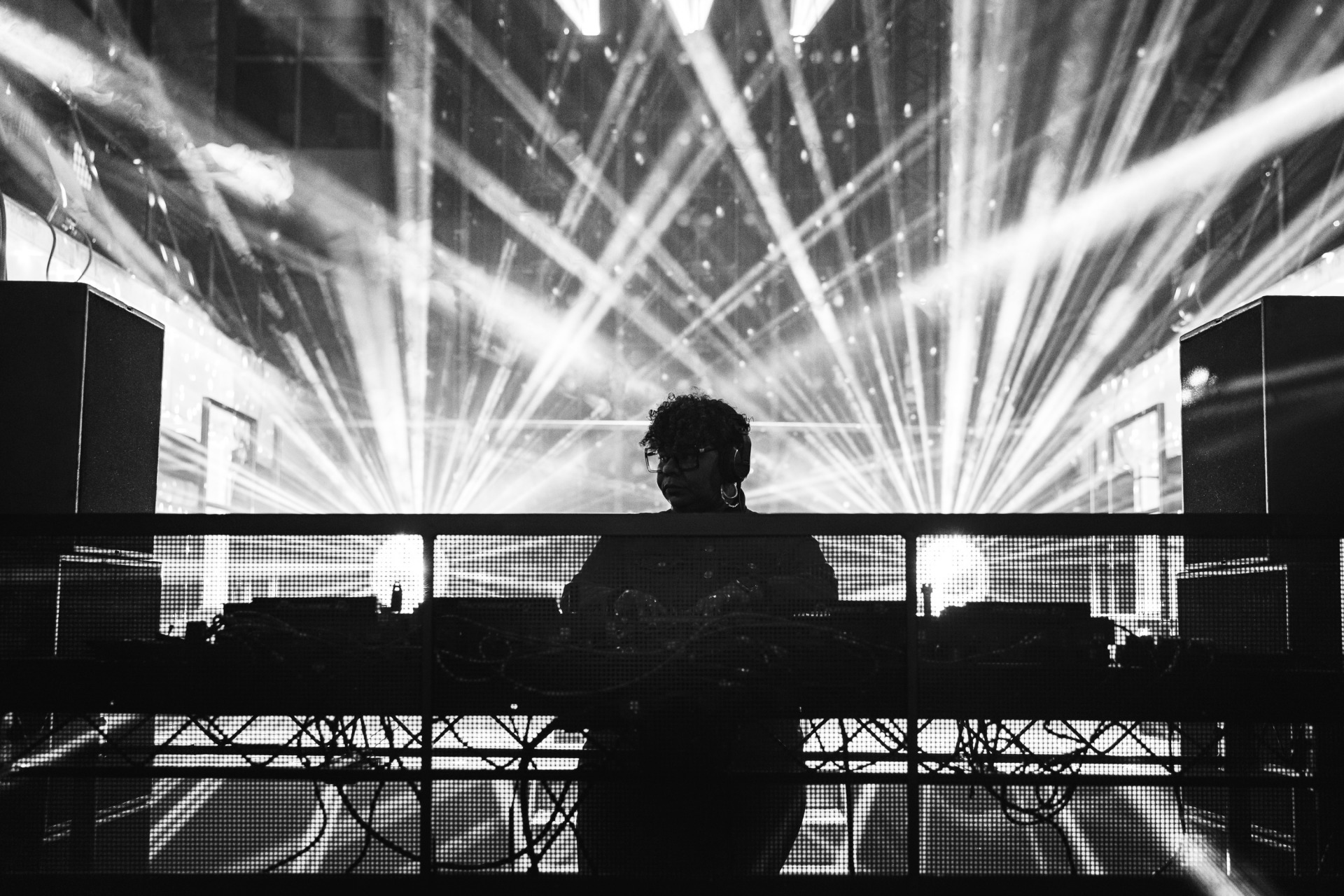
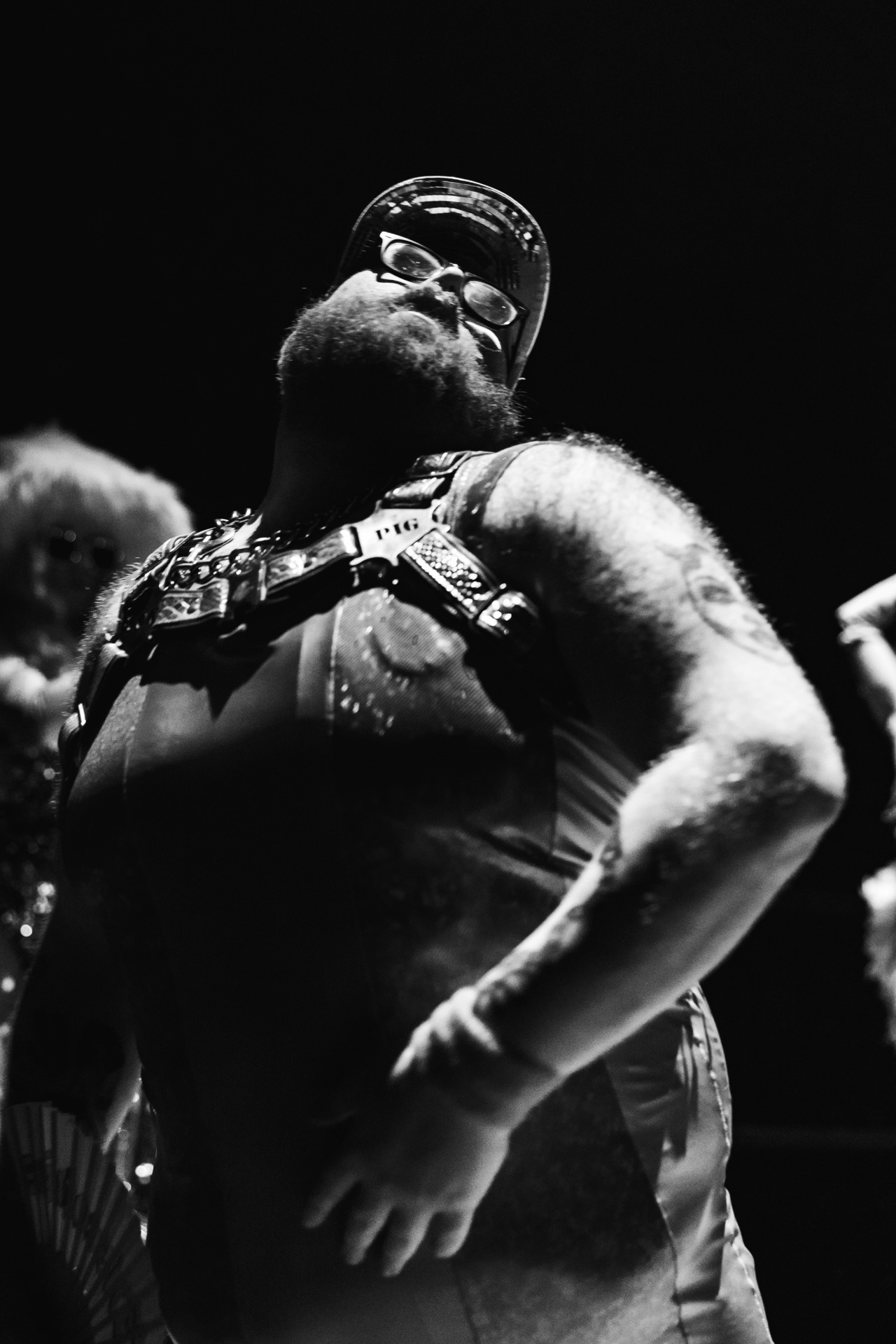
Some historical contexts
In order to understand the significance of what happened at Printworks, though, we need to talk about house music. But not so much about drum machines, synthesized basslines, melodic chords with vocal samples at 120/130 beats per minute, but about the origins of this genre and what it represents.
As said on the podcast by The Daily Show “The Forgotten Black and Queer History of House Music”, hosted by Roy Wood Jr. and with Derrick Carter (house legend), despite popular belief, house music comes from the 70s disco era and it fostered a safe space for Black and queer people to feel true liberation.
House music
It is often said within the music scene that house was born from the ashes of Disco, it is indeed its direct descendant that followed the anti-disco movement. Like Disco, it originated in the urban LGTBQ+ culture in the US. People wanted to dance but it seemed that they didn’t want to listen to disco anymore, so something had to be done. The two pioneers of this genre were Larry Levan and Frankie Knuckles. They were friends who met in the ballroom community and two of the greatest Disco DJs ever. By the end of the disco era, they started creating longer disco tracks, with breaks, drum machines instead of live drums on soulful disco classics and adding different effects to create a new genre. The term “house” comes from “the Warehouse”, the club in Chicago in which Knuckles pioneered this new genre that eventually became house.
Disco music
Disco music originated in the mid-1960 in African American, Latino and LGTBQ+ communities in New York City. It was influenced by a variety of music genres like funk, soul, R&B, and psychedelic rock. The term “disco” comes from the French word “discothèque”, which as we all know means a club where people dance to recorded music. The genre became popular in the 1970s, and its sound was characterized by its danceable beat, driving basslines and lush orchestration. Disco represented a cultural movement and form of liberation for many marginalized communities. It provided a safe space for people to express themselves, dance, and connect with others who shared similar experiences and identities. The music and dance culture celebrated joy, love and liberation, often with lyrics that reflected the struggles and triumphs of marginalized communities.
This genre also played a significant role in the history of the LGTBQ+ rights movement. Many early disco clubs were frequented by LGTBQ+ people, and the music and dance culture provided a platform for queer expression and visibility. Some might thing about disco music and thing about John Travolta and the Bee Gees, but in terms of what disco meant, it’s important to focus on songs like “I Will Survive” by Gloria Gaynor, which became an anthem of resilience and empowerment for many LGBTQ+ people during the height of the AIDS epidemic in the 1980s.
Disco Demolition Night
I also want to talk about Disco Demolition Night. This was an infamous event that occurred on July 12, 1979, at Comiskey Park in Chicago, Illinois. The event was a promotional stunt organized by radio personality Steve Dahl, who was known for his anti-disco views, and the Chicago White Sox baseball team. In an article by Alexis Petridis published 4 years ago on The Guardian, there’s the testimony of Vince Lawrence, who worked as an usher at the stadium at that time and remembers very vividly that day. Steve Dahl’s campaign against the commercially dominant genre in the late 70s America, disco music, was at its peak, they even had the Insane Coho Lips, their own anti-disco army. But what did it really mean to be anti-disco? Was it just something that had to do with music taste or was it also a meditated social and political strategy? On the day of the event, the rules were simple: if you brought a disco record and handed it in, you would be able to see the game for less than a dollar. Lawrence, the usher, witnessed all of this and he realized something: “It was just disco records and black records in the dumpster.” They made no distinction between disco, and anything made by a black artist.
The event quickly turned into a riot as attendees, many of whom were young white men, became unruly and began to throw records onto the field. The event has since been seen as a symbol of the backlash against disco music and culture and those who enjoyed it, many of whom, as we said before, were members of marginalized communities. It also contributed to the stigmatization of disco music and culture, leading to a decline in its popularity in the following years. Although Dahl and others avoided to talk about this polemic historical event, they insisted that it wasn’t for racist or homophobic motives. “We were just kids pissing on a musical genre…”. Of course, it wouldn’t be correct to say that everyone that was there was a racist homophobe, but for people like Steve Dahl, disco represented sort of a emasculation, you had to dress up and dance. Some historians point out that the hatred towards disco music had a lot to do with hatred towards feminism and what nowadays we would label as “toxic masculinity” and the reddest of flags…
This is why it’s so important that events like La Discothèque exist. They commemorate the history of this genres and create an opportunity to travel back in time not just for entertainment, but to remember and learn from the past.
Follow La Discothèque on Instagram
Follow Printworks on Instagram
Words: Mar Rubio Boné
Photography: Jake Davis and Harbinson
.
